ACK! I only just got back from a writing program, and now I’m leaving for Hawaii? WHERE DOES THE GARAGE FIT INTO ALL OF THIS?!
The sad fact is, it doesn’t. You’re not alone–I hate it too. At the rate I’m moving, my car will be drivable by the time I pay off my first mortgage. Well, here’s a catch-up post.
Last weekend I sated my appetite for innards with some more interior work. First off came the steering wheel. I have an original ’68-’69 standard two-spoke wheel, which sports a foam crash-pad across the front, held in with two screws in the back. Next, I removed the steering wheel nut, then fixed a gear puller into the center of the wheel to detach it from the steering column (usually a few hefty tugs will do the job, but ours didn’t feel like parting with its vehicle). If you need an original ’68-69 Mustang wheel, check out the eBay listing.
To make dash removal easier, I pulled the glove box, console, and heater control unit. The GB door screws in to a hinge in the lower dash, but don’t forget the retaining cable that holds it up when in the open position. Finally, removing a few bolts separates the liner from the door.
The whole console is only held in with a couple of screws around the edges, but it has to come out with the heater control unit, which is a pain to remove. The heater temp switch and the fan mode switch connect to the heater behind the dash with two cable linkages. These consist of a wire wrapped around a post which pivots with the switch. These buggers are hard to reach; I recommend using a trusty set of needle-nose pliers to pull the wire free of the post. After this is completed, pull the unit out as a whole.
Only a few bolts hold in the lower dash, yet an array of wires need to be disconnected from the following switches: ignition, windshield wipers, lights, and an arbitrarily placed ground wire at the very left side of the dash. The dash pad must be out before this whole process is started, and it helps to have the windshield out of the way as well.
On Friday I leave again. I’ll be going to the garage tomorrow to finish up some cataloging and do a little more work; I promise a post before I leave on my trip. Stay tuned…
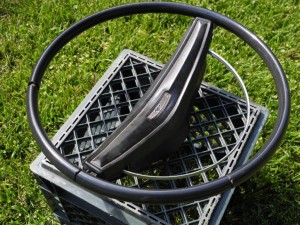
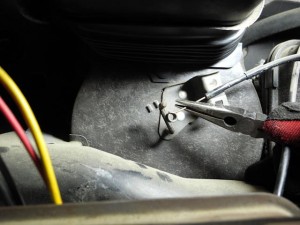
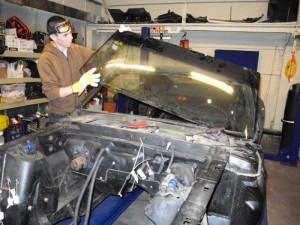
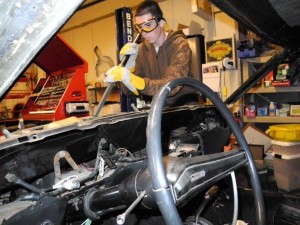
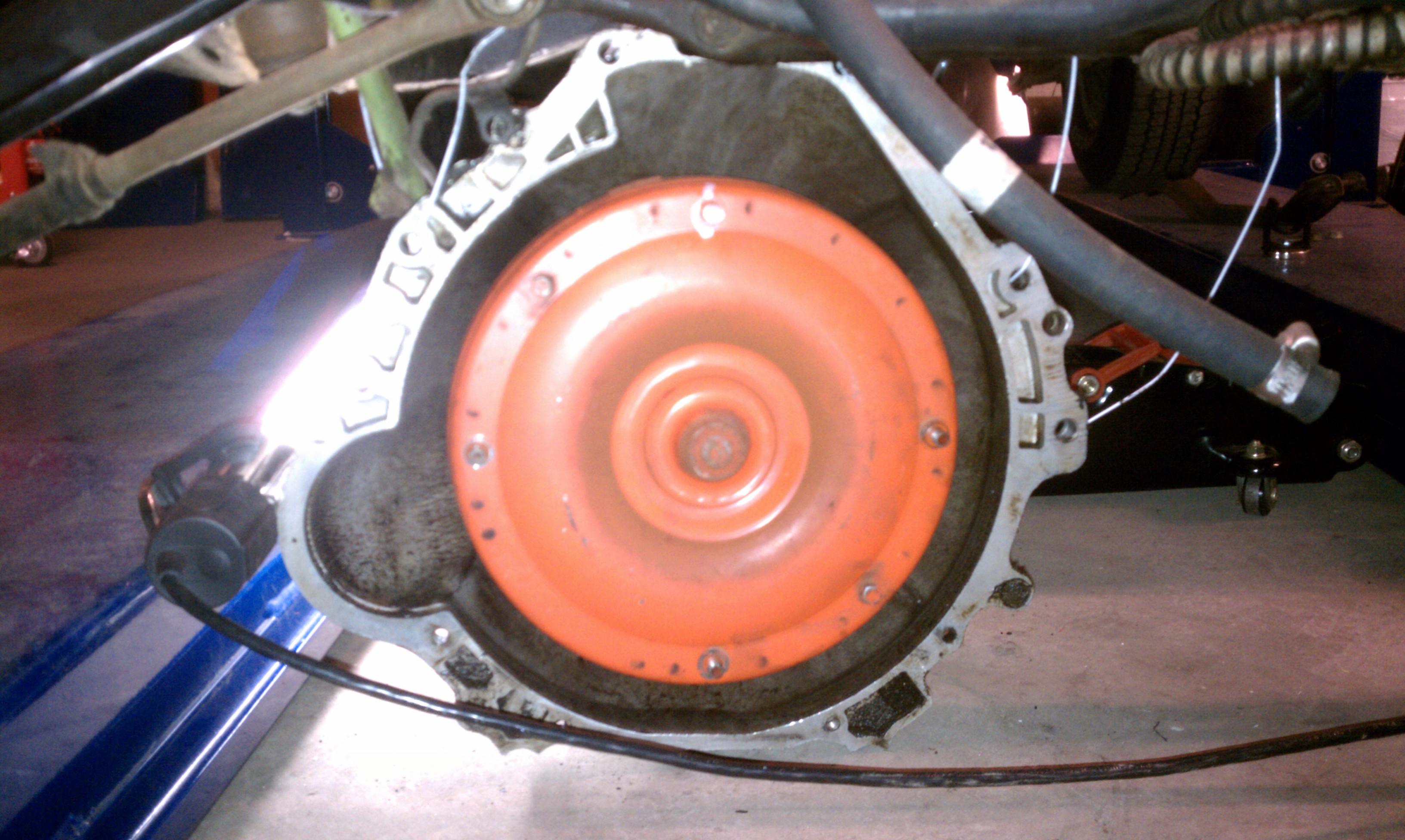
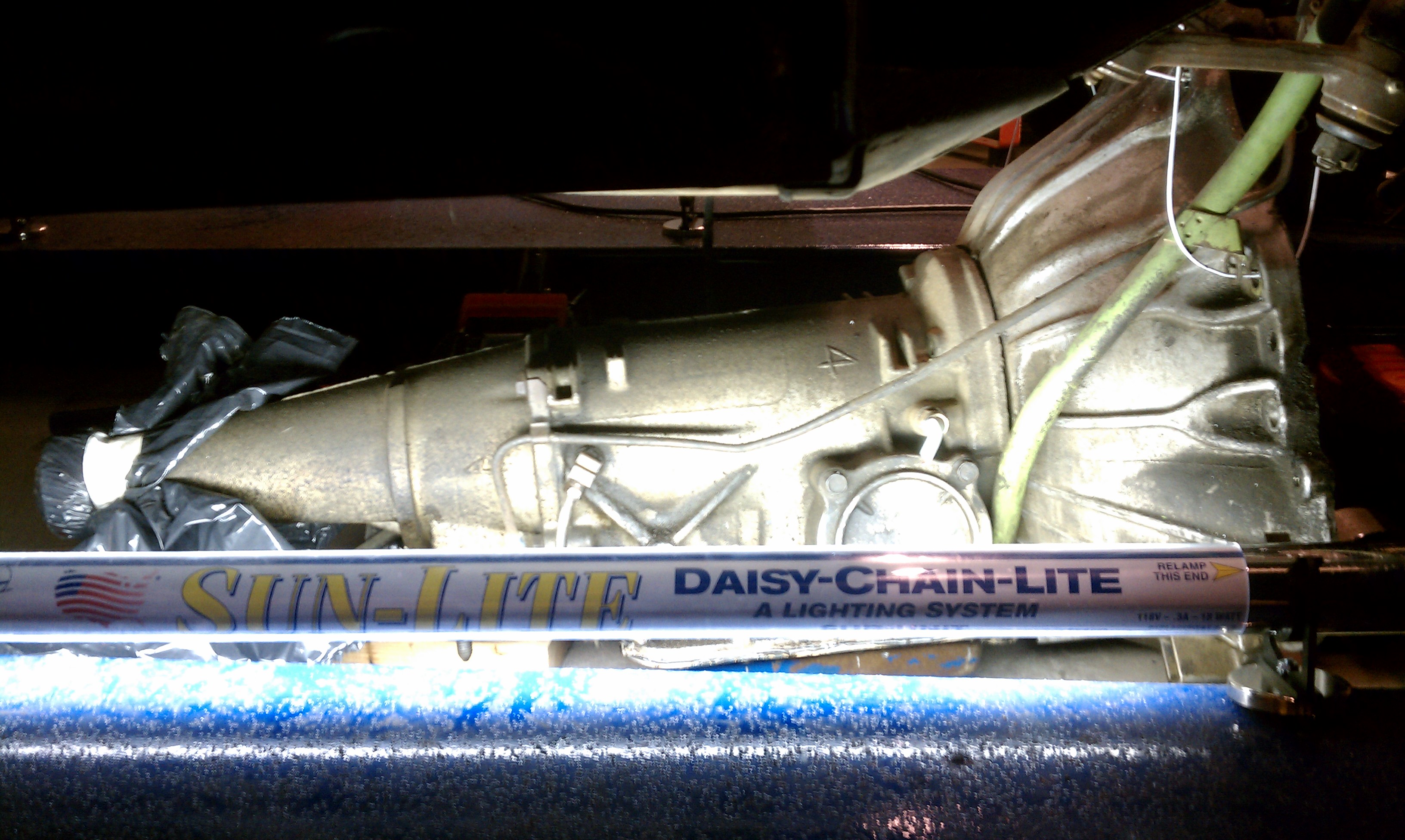

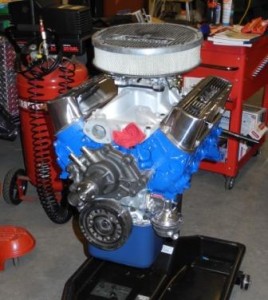

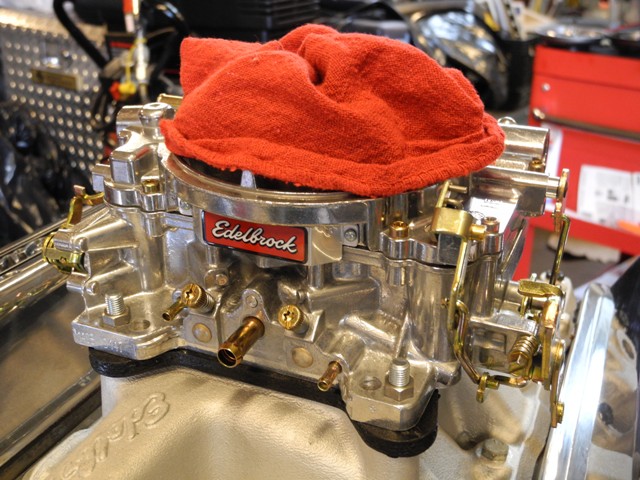
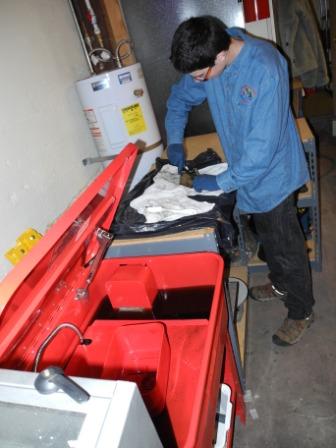



 Feed Validator
Feed Validator